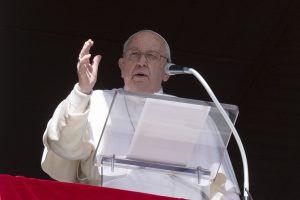VATICAN CITY (CNS) – Pope Francis paid a brief visit to Rome’s Gemelli Isola Hospital Feb. 28 for “diagnostic tests,” the Vatican press office said, without providing specifics.
After telling people at his general audience, “I’m still a bit sick,” and having aides read most of his prepared remarks, “Pope Francis went to the Gemelli Isola Tiberina Hospital for some diagnostic tests. Afterward, he returned to the Vatican,” the statement said.
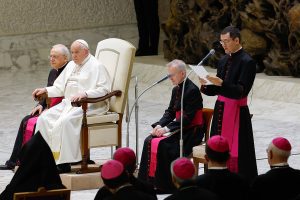
The 87-year-old pope had canceled his appointments Feb. 24 and Feb. 26 because of what the Vatican press office described as “mild flu-symptoms,” but Pope Francis led the recitation of the Angelus prayer Feb. 25 without obvious difficulty. The Vatican provided no health update Feb. 27 since Tuesdays are his usual day off and he did not have to cancel any appointments.
Arriving for his audience Feb. 28, Pope Francis used a wheelchair instead of walking with his cane. His voice was hoarse and softer than usual.
Pope Francis also went to the Gemelli Isola Hospital in late November for a CT scan of his lungs. At the time, Matteo Bruni, director of the Vatican press office had said, “The CT scan ruled out pneumonia, but showed pulmonary inflammation that was causing some respiratory difficulties.”
The problems forced him to cancel a planned trip to Dubai, United Arab Emirates, Dec. 1-3 for the U.N. climate change summit. On several occasions in the first weeks of December, he had aides read his speeches for him. In mid-January, saying he had “a bit of bronchitis,” he skipped several speeches although kept meeting different groups.
Pope Francis had undergone surgery in 1957 to remove part of one of his lungs after suffering a severe respiratory infection. He has insisted the operation has had no lasting impact on his health.
But last year, he was hospitalized at the main Gemelli hospital March 29-April 1 for what doctors said was a “respiratory infection.” He tested negative for COVID-19.
In 2022 the hospital on Rome’s Tiber Island, founded and run by the Brothers Hospitallers of Saint John of God, became affiliated with the Gemelli hospital where St. John Paul II and Pope Francis himself have undergone surgery.

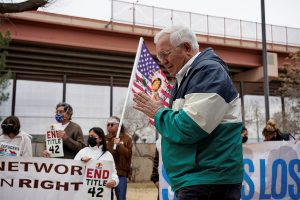


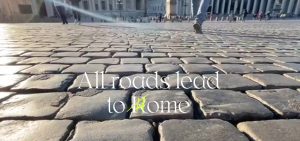
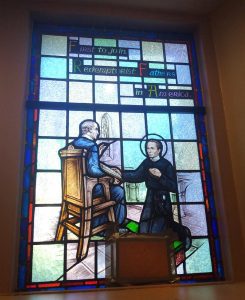
 On February 13, the U.S. House of Representatives overwhelmingly voted to pass the Frederick Douglass Trafficking Victims Prevention and Protection Reauthorization Act of 2023 (H.R. 5856). This bipartisan measure would do several things to combat the scourge of human trafficking, including:
On February 13, the U.S. House of Representatives overwhelmingly voted to pass the Frederick Douglass Trafficking Victims Prevention and Protection Reauthorization Act of 2023 (H.R. 5856). This bipartisan measure would do several things to combat the scourge of human trafficking, including: 